Jamie Scott analyses how goalkeepers have seen their distribution requirements increase, and how this brings them into line with another key, deep-lying position
In line with current tactical trends, football has seen the profound evolution of the requirements of many different individual roles. Full backs became auxiliary attackers, particularly when they started to use late, overlapping runs, while centre backs were forced to become more proficient with the ball at their feet, as teams looked to retain possession at the back (rather than distributing long). By the same token, goalkeepers have seen their role widen too: their desired skillset now encompasses distribution, and for the elite teams, this requirement is fast becoming a non-negotiable.
Players at the elite level are often the best barometer for tactical developments: they are the gold standard for technical ability and are therefore the likeliest to exemplify any nuanced, coached facets of the game. So, it is interesting to see the in-possession role of elite goalkeepers appear to mirror that of elite #6s (holding midfielders). This article aims to analyse the reasons for this apparent similarity, before giving weight to the accuracy of this comparison of roles.
Role Comparison
To be able to compare and contrast the roles of keepers and #6s, it is necessary to take a step back and view the game from a holistic perspective. The performance of a player within a certain role is dictated by a number of factors – perhaps most importantly:
- On Pitch Environment – the positions a player finds themselves in relation to their teammates and what pressures they are placed under by opponents
- Coached Intentions – why this player is placed in the role they have, and what actions they’re expected to attempt/execute
Analysing a #6
The modern #6, particularly in positional play systems, has been a changing role. It is sees less of the #6 ‘dropping in’ to the back line in first phase build-up.
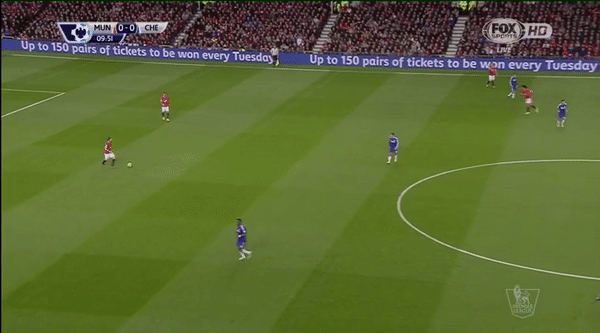
While the #6 dropping into the back line has presented advantages, in the modern tactical game, this strategy is no longer conducive to success. Teams are better at pressing – more organised in settled shape, and screening passes into the #6 is part of the out-of-possession meta. Unless the midfielder is incredibly press resistant (i.e. Frenkie de Jong), or moves into wide pockets to drive forwards (e.g. Declan Rice), they won’t have such joy dropping in to dictate build-up and progression. Not that either of those profiles offer the metronomic and efficient play that embodies the role of a modern lone #6 anyway – their roles are distinct.
The modern #6 tends to play a more refined game. They play the way they’re facing and offer extremely high ball retention in build-up. They take minimal touches so as to not to inhibit quick ball progression. They remain central so as to anchor the first line of opposition pressure to a narrow berth, opening wide channels. Their positioning and ball play is strict and safe, minimising risks when baiting opposition pressure. The mere existence of a midfield anchor induces the opposition to disadvantage themselves in relation to how the #6’s team aims to utilise possession.
Perhaps what is interesting about the evolution of the #6 to this point is how the prominence of the goalkeeper in build-up has increased in a similarly linear fashion in a very similar timescale. A goalkeeper taking on more responsibility in the in-possession role has helped the #6’s role be refined.
The Role of the Goalkeeper in Build-up
There is less to say about the nuanced development of the keeper’s role in build-up because the role development pathway is quite simply: not involved -> involved in a rudimentary fashion -> playing an important role. But the role of keeper at this current moment bears a strong resemblance to the role of the #6.
On-Pitch Environment:
The first, and most obvious similarity between the keeper and the #6 is their positioning – they occupy the central channel with a high degree of discipline. This is the case for differing reasons (keeper must protect the goal, #6 must ‘anchor’ the midfield), but the effect on their possession is the same. They face pressure from opponents in a similar manner; from the front or directing them to one side.

Furthermore, both the keeper and the #6 rarely face 360-degree pressure when in settled shape. The keeper is protected by virtue of the fact that their goal and the touchline are in their immediate rear – they won’t face the threat of recovering attackers nipping in to steal possession. The #6 does face this threat in theory, but the reality is that an efficient #6 finds themselves taking too few touches to risk being caught, while their system often creates ‘established possession’ scenarios, ones where the risk of a turnover is very much minimal (see the above example).
In a classic positional play system, the keeper being flanked by CBs in build-up, is very much in a similar vein to how the #6 is flanked by #8s, or inverted fullbacks, in the attacking phases, although this is quite the superficial similarity in itself (less so in the wider context).

Coached Intentions
The coached intentions of the keeper/#6 do very much feed into how their role translates in a practical setting, as discussed above. They’re generally encouraged to take a minimal number of touches, not just to reduce risk of being dispossessed, but also so as to keep play moving.
On somewhat of a tangent, baiting pressure from the back isn’t solely done by the keeper holding the ball until a striker engages with a press, dragging their defensive block up-field. Taking longer on the ball is a luxury the keeper has at times, which is a contrast to the #6, who typically has less time on the ball. Furthermore, having too long on the ball can actually induce sloppy execution. Having tactical clarity, and therefore making quick, deliberate decisions is ideal, and a small degree of pressure can actually create the necessary urgency to do this.
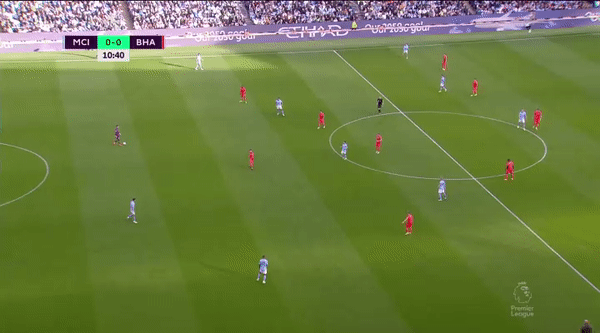
The pass selection the keeper will make is somewhat similar to that of the #6. The diagonal switch is the perfect encapsulation of this notion – both the keeper and the #6 make this pass under a number of circumstances. These players make the diagonal switch to avoid pressure (as mentioned), but also to create a somewhat progressive pass from a central zone to wide zone. A diagonal switch isn’t a progressive pass but is more progressive than a sideways ball for example. Furthermore, when executed well, a diagonal switch can induce the receiver to seamlessly drive down the line upon receiving, enhancing the progressive effect of the pass.
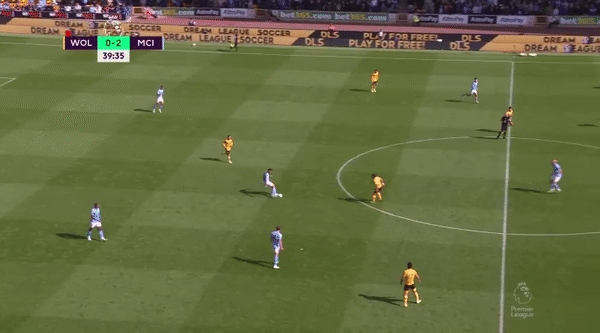
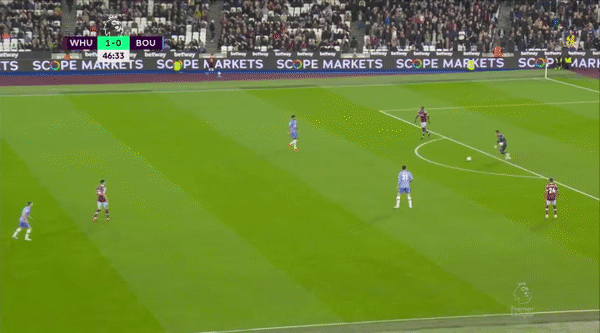
Functional Comparison & Wider Tactical Discourse
The functional similarities between the GK and the #6 has been touched upon above, but can certainly be elaborated upon, particularly when we view the game in a broader tactical sense.
The keeper and the #6 are used in a similar fashion to solve many tactical situations. One of the hallmarks of strong in-possession teams is their ability to play passes in short distances in each phase. The structure around the ball remains largely compact, in order to minimise the distance for each pass, thus, minimising the risk of losing possession. The goalkeeper and the #6 remain fairly circumspect in these scenarios – they’re not the 360 lynchpins in these scenarios – rather, press resistant #8s are more likely to offer this when necessary. What this does mean for the keeper/#6, is that they’re able to receive as an outlet, who can execute the switch-of-play diagonal ball that was mentioned above.
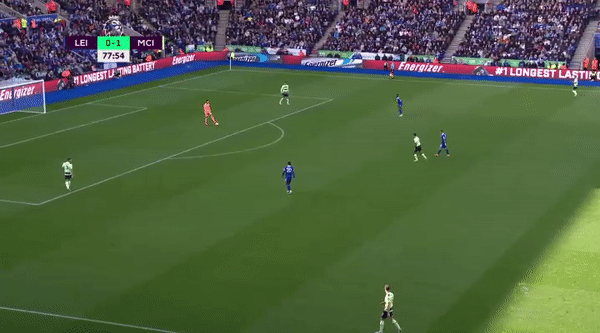
In and of itself, this switch can offer a relatively safe means of connecting players who are further away from the populated area around the ball. A downstream advantage of having the keeper/#6 to be able to do this, is that the team can simultaneously achieve a strong rest defence by being compact around the ball, while having individual players threatening with width + depth, thus stretching the opposition block.
This idea of how the keeper/#6 play can also extend to solving elements of the minimum width vs maximal width discussions. If a team plays with maximal width in the build-up for example, the keeper can be the outlet to connect the deep + wide fullbacks (or higher + wide wingbacks if the team plays a three at-the-back). In a similar vein, the #6 can perform similarly in attacking phases to access the nominal wide player in each given circumstance. It is for this reason that it is less common that the #6 plays these trademark diagonal switches in the middle third; if the team is using maximal width in the progression phase, a diagonal from the #6 doesn’t quite seem like a natural option. The drilled diagonal ball into depth is viable in this phase, and we sometimes see top class keepers execute this ball too, particularly if the press is baited.
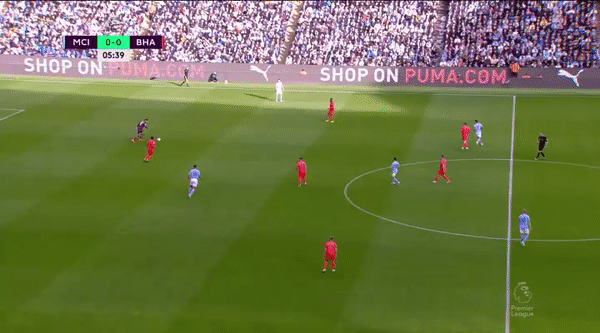
Discussion & Conclusion
It is interesting to compare the notions discussed in this article to the data. The comparison between goalkeepers and #6s will always be imperfect, not least because their wider roles are different, but also because the areas on the pitch they play in renders certain metrics less useful. Progressive passes become tricky in this scenario, particularly when comparing #6s in the final third to keepers in build-up – simply because the #6s won’t be drilling balls that far into depth in this scenario. Similarly, the keepers may not rack up progressive passing numbers as most of these originate within the defensive 40% of the pitch. Switches are more of a handy comparison, but a switched diagonal doesn’t have to be over 40 yards. These permutations are an example of how a data company can classify their metrics. Keepers and #6s being so distinct in their classic role makes them hard to compare statistically. This discussion does muddy the comparison made between these two roles in the article to a degree, hence the comparisons are made in a tentative manner. This analysis has generated a discussion, and hopefully shed some light on how two of the most distinct roles in the game could be viewed through a very similar tactical lens.
Header image copyright: Gonzales Photo/Rune Mathiesen














